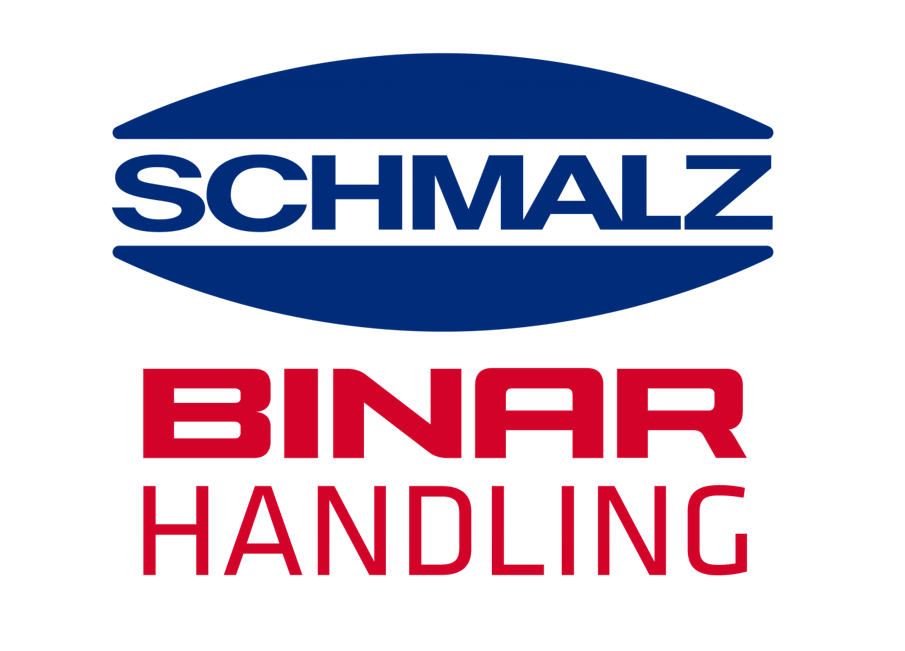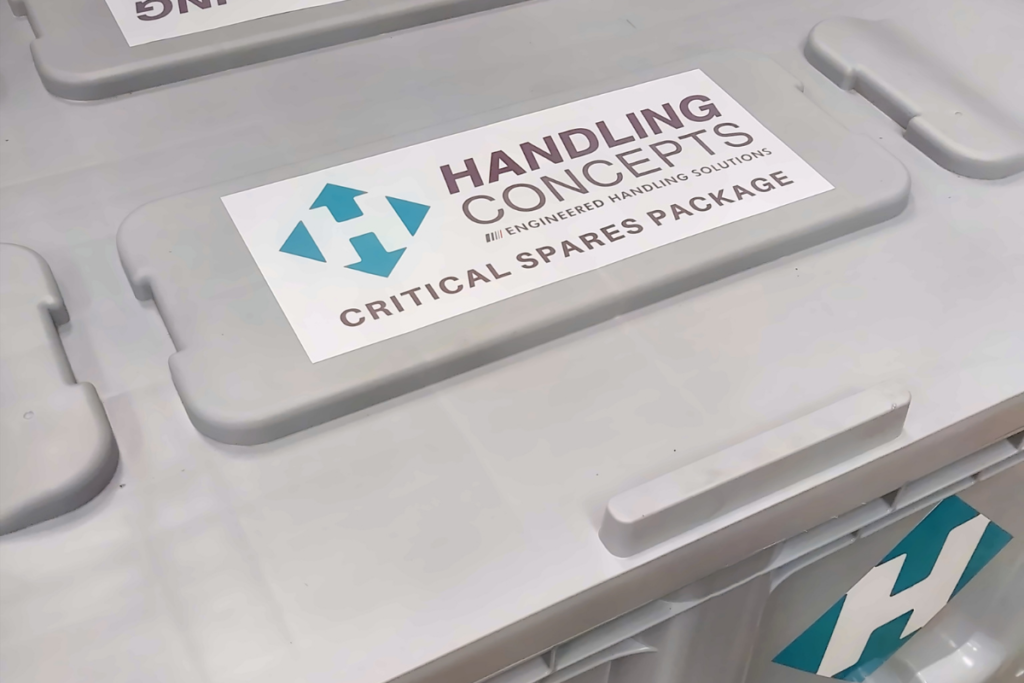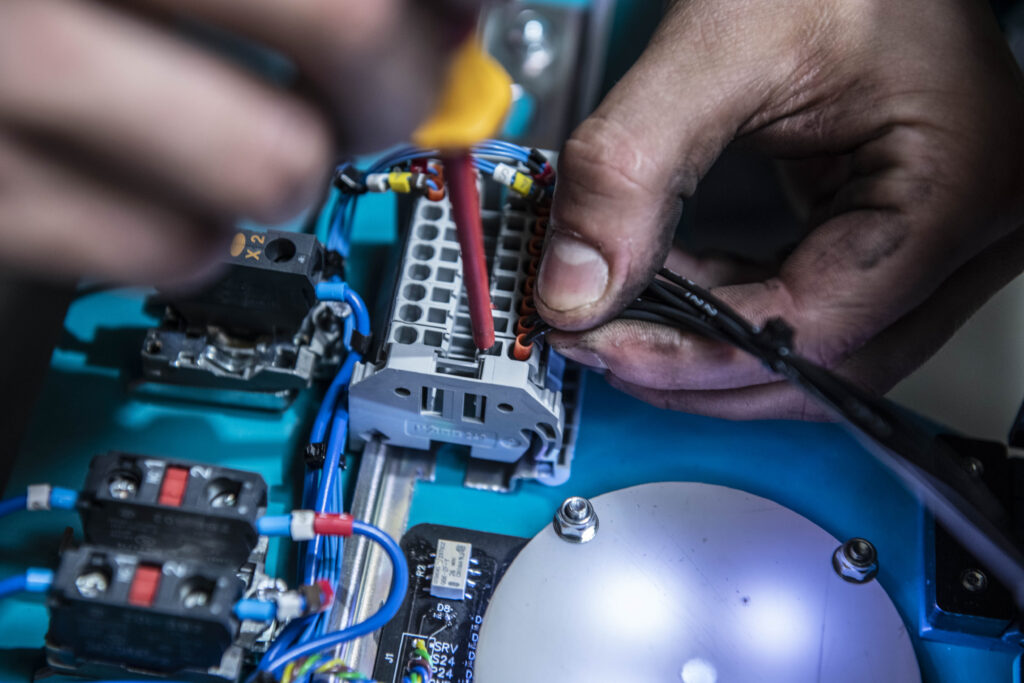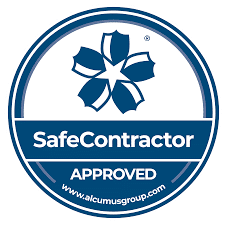How to Successfully Integrate Materials Handling Equipment
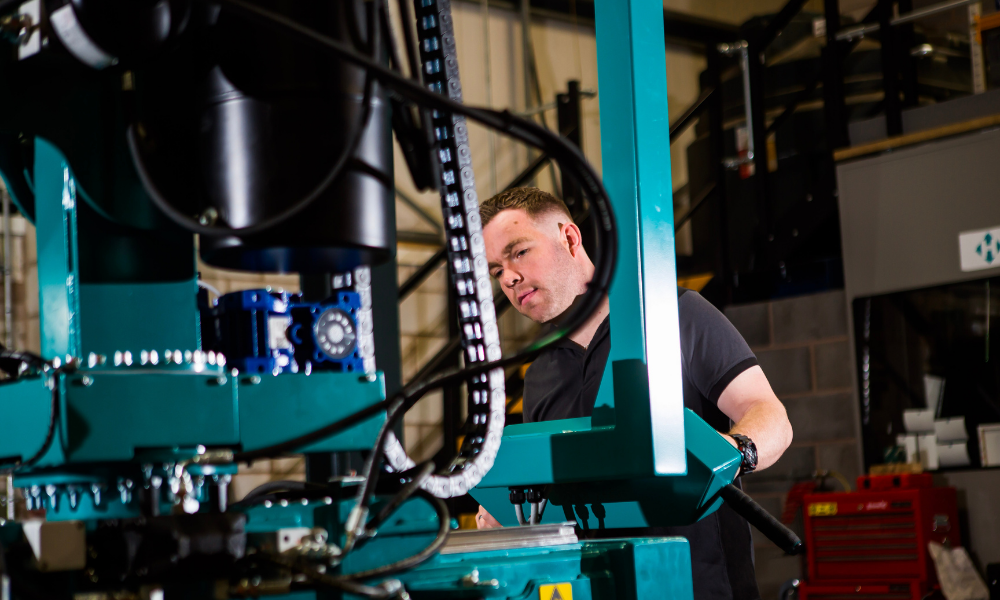
All production lines will require an element of material handling. A lot of materials are handled by hand, and this is known as manual handling. Using a worker to handle loads by hand is usually quick and precise. However, depending on the weight of the items being manipulated and the repetitive nature of the task, manual handling poses the risk of injury.
You can reduce the amount of manual handling by automating the process, using mechanical lifting and handling devices. Investing in this type of equipment can be perceived as expensive. However, by adopting the use of mechanical handling equipment to support your operation reduces the risk of injury, costs related to unexpected absences, and it can increase productivity safely and efficiently.
To help you to understand how to assess the benefits of investing in a mechanical material handling solution and to integrate it into your production operation, Handling Concepts has produced this blog.
Assessing Your Current Materials Handling Equipment
The first step is to evaluate your current material handling process by analysing internal data such as accident reports, production output, breakages, etc. This will enable you to estimate the impact of manual handling on your staff, your production activities and will identify the risks and benefits of staying with your current process versus investing in a mechanical alternative. If you decide to choose to adopt a mechanical handling device, you should produce an exact specification for the application and think about how you will maintain it.
When choosing a device, there are several practical considerations, such as safe working load, lift height, speed, grip, and rotational requirements. Your materials handling equipment supplier will help to guide you to the right solution for your application.
Ten Principles of Materials Handling Equipment Selection
The following 10 principles of material handling will guide you to a detailed evaluation and successful integration of the device into your production scenario.
- Planning Principle: What are your basic requirements? What is your contingency plan? Are there any other desirable alternatives to your lifting problem?
- Standardisation Principle: Do you need your equipment to work for one specific application? Do you wish to use it for alternative applications?
- Work Principle: Do you want this equipment to reduce, combine, shorten, or eliminate unnecessary movement?
- Ergonomics Principle: Do you require this equipment to provide a more comfortable and efficient environment by reducing repetitive, strenuous manual labour? Are you hoping for safety and productivity improved when the equipment is used?
- Unit Load Principle: Do you require this equipment to operate to the correct safe working load to lift your product? Will you require any additional packaging, pallets, or items to be added to your product during the production process?
- Space Utilisation Principle: Do you need to avoid your material handling equipment clashing with any other equipment? do you have limited floor space? Does your space restriction cause you any concerns?
- System Principle: Are your handling and storage activities effectively integrated? Do you have a coordinated operational system?
- Environment Principle: Is energy usage an issue for you? Do you need to be concerned about the potential environmental impact of any new equipment?
- Automation Principle: Do you require the new equipment to produce predictable results? Are you seeking improvement in efficiency and productivity? Are you seeking a reduction in worker injuries?
- Life Cycle Cost Principle: Consider your budget. Have you factored in the cost of installation, setup, training, testing, maintenance, and repair? What is your desired return on investment?
Efficient Implementation of Materials Handling
Material handling can be implemented in several ways, depending on the specific requirements of your business. Finding the best equipment to automate your process is important. Here are some tips you can follow when implementing material handling equipment:
- Provide training for your operators
- Encourage equipment usage
- Create and maintain a regular inspection and maintenance schedule
- Keep on site spare parts
- Create safer working conditions
- Use KPIs to monitor performance and calculate your return on investment
The Benefits of Materials Handling
Developments in technology have resulted in a range of material handling systems becoming available for industries and businesses. Materials handling equipment has many benefits, including increased safety, efficiency, and productivity.
Engaging with a specialist material handling supplier will ensure that you select the right solution for your business. With over 25 years of experience, you can trust Handling Concepts to help you. A team of dedicated sales engineers are on hand to provide you with pragmatic advice and innovative solutions to help you achieve your desired outcomes.
If you need a material handling solution and are interested in exploring how Handling Concepts can help, contact us today.

